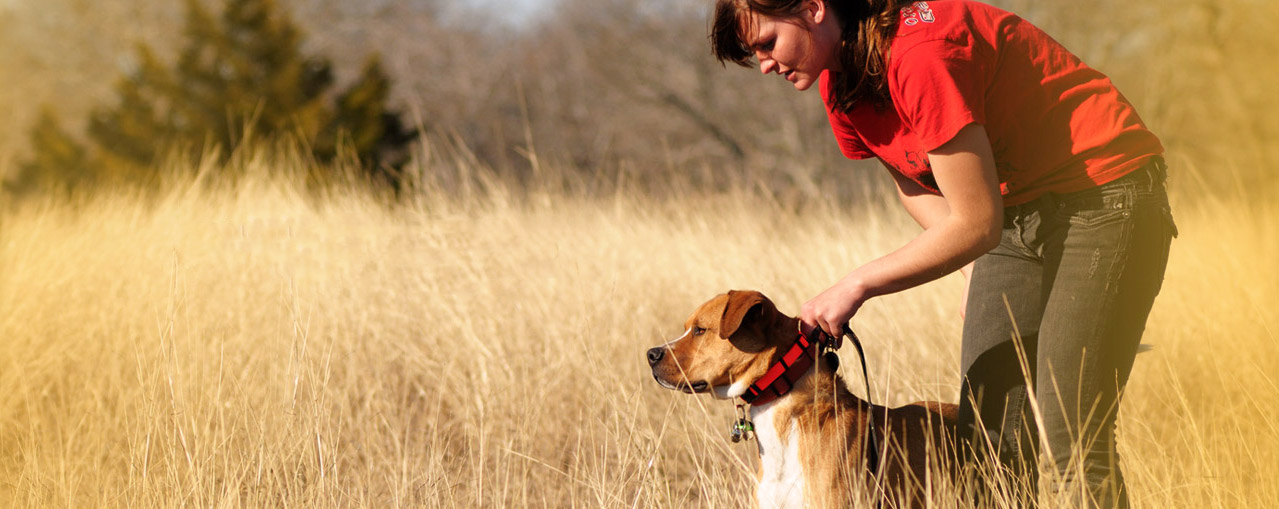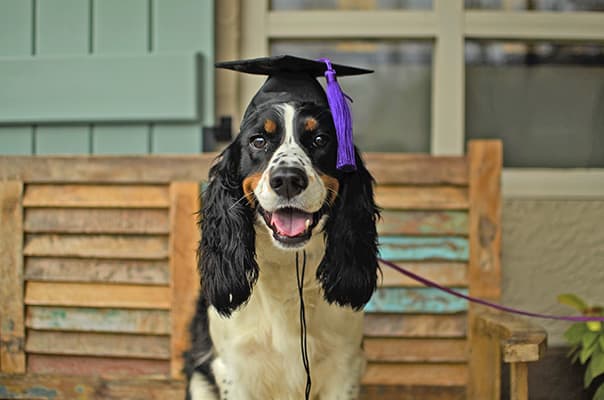Discover Top Tips for Dog Training Charlotte NC That Truly Job
Discover Top Tips for Dog Training Charlotte NC That Truly Job
Blog Article
Unlock Your Pet's Prospective: Proven Canine Training Techniques for Success
Effective canine training is a nuanced process that pivots on recognizing canine actions and using clinically backed techniques. By incorporating favorable support, developing clear commands, and prioritizing socialization, pet dog proprietors can cultivate an effective partnership with their pet dogs.
Comprehending Dog Actions
Comprehending pet behavior is crucial for efficient training and cultivating a favorable partnership between canines and their owners. A comprehensive grasp of canine body movement, articulations, and social interactions is important for identifying their demands and feelings. Canines interact mainly with non-verbal hints; for example, a wagging tail might show enjoyment, while pinned ears can signify anxiety or submission.

Additionally, environmental variables play a considerable role fit a canine's actions. Changes in routine, new environments, or the visibility of unfamiliar individuals can lead to anxiety or stress and anxiety in dogs. Acknowledging these triggers allows proprietors to minimize negative reactions and create ideal training methods.
Inevitably, a deep understanding of dog habits lays the structure for effective training methods, enhancing both behavior and the total bond in between the dog and its proprietor. dog training charlotte nc. This knowledge is vital for promoting a well-adjusted, happy canine buddy
Positive Reinforcement Techniques
Effective training relies heavily on positive support methods, which have actually been revealed to produce considerable cause shaping desired behaviors in dogs. This strategy entails awarding a dog for showing details actions, thereby boosting the likelihood that these actions will certainly be duplicated. Rewards can take various kinds, consisting of deals with, praise, playthings, or playtime, depending on what inspires the private dog.

It is important to progressively eliminate rewards as the dog discovers the behavior, transitioning to periodic reinforcement. This strategy maintains the actions over time while stopping dependency on continuous rewards. By concentrating on favorable reinforcement, trainers can grow a relying on partnership with their canines, promoting a healthy and participating training setting that improves overall obedience and efficiency.
Developing Consistent Commands
A fundamental facet of effective canine training is the facility of constant commands. Consistency in commands is critical for efficient communication in between the trainer and the pet. When commands are uniform, pets discover to connect specific words with preferred behaviors, which accelerates the training procedure and improves understanding.
To develop constant commands, it is important that all member of the family make use of the exact same terms and gestures. If one person uses "sit" while another claims "sit down," it can produce complication for the pet. Select clear, unique words for commands and ensure every person associated with the dog's training abides by these options.
Enhance commands through frequent technique, guaranteeing that the pet dog gets adequate chances to react properly. When a canine efficiently adheres to a command, immediate favorable support should comply with.
Finally, hold your horses. Developing constant commands takes time and effort. With dedication and clarity, you will help your pet establish a solid understanding of expectations, eventually resulting in a mannerly buddy.
Socialization and Direct Exposure
Mingling a pet is important for fostering a well-adjusted and positive companion. This process entails revealing your dog to a range of environments, individuals, and various other animals to create their social skills and versatility. Early socializing, ideally between the ages of 3 to fourteen weeks, is essential, as it prepares for a canine's future actions.
Throughout socialization, goal to give positive experiences in different settings, such as parks, active streets, and homes with other pet dogs. Present your pet dog to numerous stimulations, including audios, views, and scents, making sure that each encounter is rewarding. This exposure helps reduce fear and stress and anxiety, paving the way for an extra durable canine.
Engaging in controlled team play sessions with other pets can additionally enhance social abilities, showing your pet appropriate communications and borders. Always monitor your pet's convenience degree throughout these experiences, progressively enhancing direct exposure as their self-confidence expands. Keep in mind, the objective is to produce a well-shaped family pet that thrives in varied situations, promoting an unified connection with both human beings and various other animals. Focusing on socializing will dramatically add to your dog's total happiness and behavior throughout their life.
Overcoming Common Educating Obstacles

Canines might battle to focus in hectic or unknown settings. Gradually desensitize your pet to interruptions by starting training in a peaceful atmosphere and gradually introducing even you could try this out more stimuli as they come to be skilled.
In addition, behavior issues like leaping or too much barking can end up being frustrating. Address these by showing different actions, such as sitting comfortably when greeting visitors. Uniformity and perseverance are important; enhance preferred behaviors regularly and avoid abuse, which can bring about complication.
Lastly, identify that each canine is one-of-a-kind, and training timelines might differ. Tailor your method to your dog's individual requirements, and seek specialist support if required. With willpower and the right approaches, getting over these challenges can bring about a trained, delighted canine friend.
Conclusion
Finally, unlocking a dog's potential demands a detailed technique that includes an understanding of canine actions, the application of favorable support strategies, and the establishment of regular commands. Early socialization and direct exposure to diverse settings further enhance a pet's adaptability and confidence. By addressing typical training obstacles browse around these guys with tailored approaches and perseverance, a cooperative and harmonious connection between pet and trainer can be cultivated, ultimately causing a well-behaved buddy efficient in prospering in numerous situations.
Reliable pet dog training is a nuanced process that hinges on recognizing canine behavior and employing medically backed strategies.Comprehending dog behavior is crucial for efficient training and fostering a favorable partnership in between pets and their proprietors.Effective training relies greatly on positive reinforcement methods, which have been revealed to produce substantial results in shaping wanted behaviors in canines. When commands are consistent, dogs learn to associate particular words with preferred actions, which speeds up the training process and enhances understanding.
In final thought, opening a canine's potential demands a detailed strategy that incorporates an understanding of canine habits, the application of positive support read techniques, and the establishment of regular commands.
Report this page